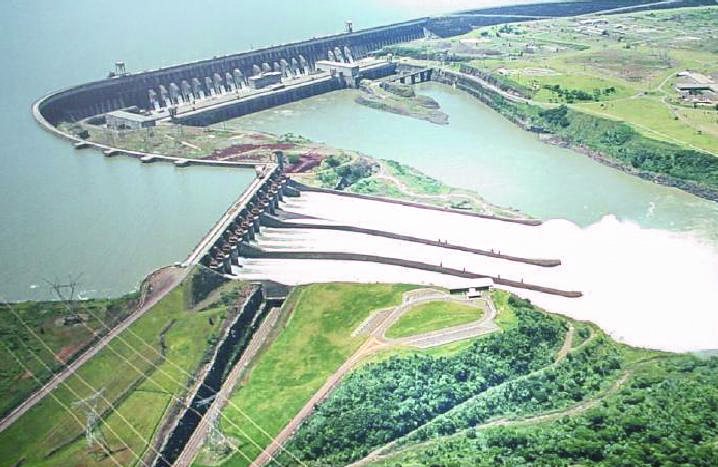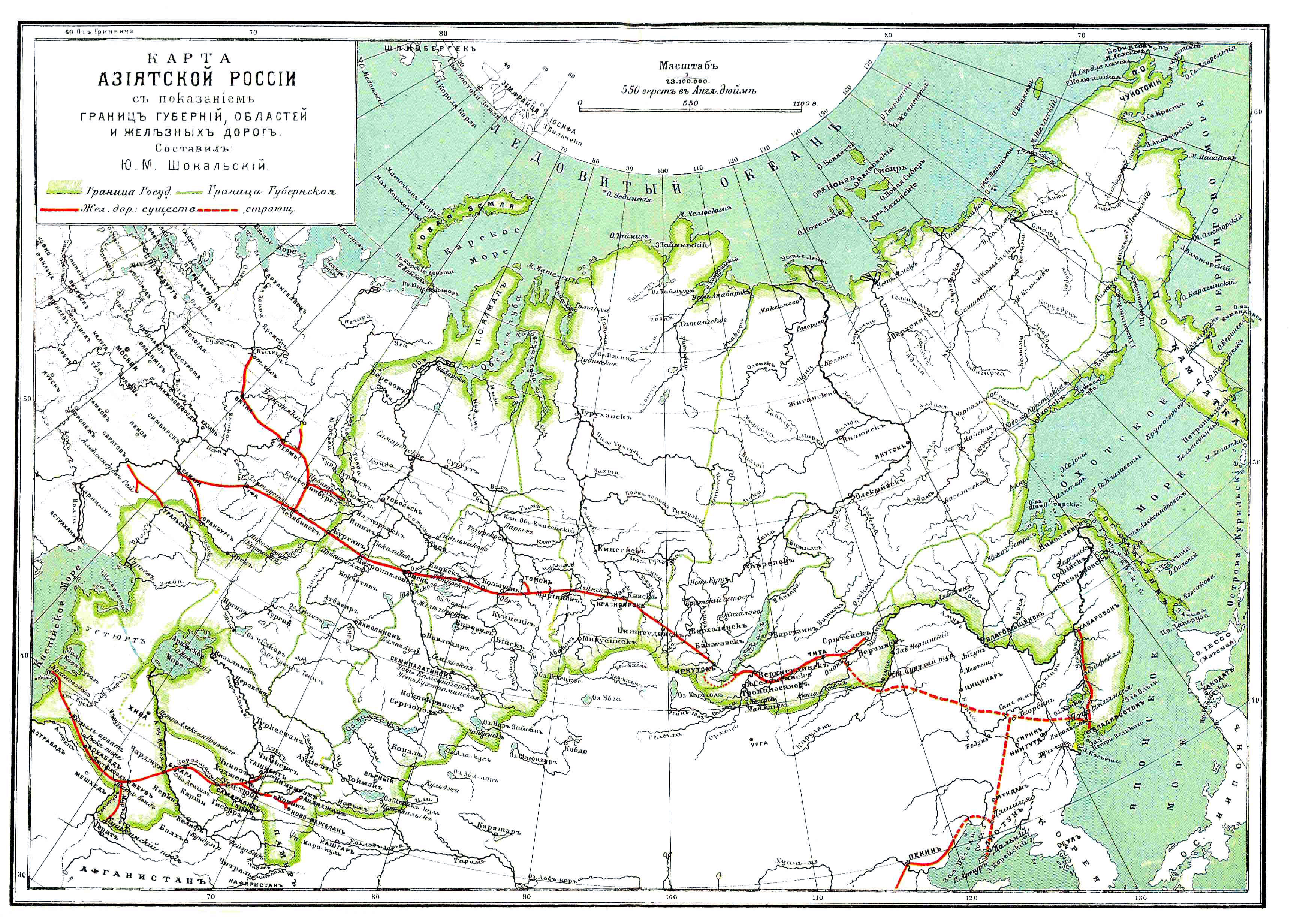Megainfrastructure on:
[Wikipedia]
[Google]
[Amazon]

 A megaproject is an extremely large-scale
A megaproject is an extremely large-scale
Mega-project.eu, a website run by European Cooperation in Science and Technology
Borovoye-Biocity
– megaproject of Bionic City for Kazakhstan – S. Rastorguev, M. Kudryashov, 2008
Catalogue of Catastrophe
– list of troubled large projects {{Construction overview Engineering projects Risk management

 A megaproject is an extremely large-scale
A megaproject is an extremely large-scale investment
Investment is the dedication of money to purchase of an asset to attain an increase in value over a period of time. Investment requires a sacrifice of some present asset, such as time, money, or effort.
In finance, the purpose of investing i ...
project
A project is any undertaking, carried out individually or collaboratively and possibly involving research or design, that is carefully planned to achieve a particular goal.
An alternative view sees a project managerially as a sequence of even ...
.
According to the ''Oxford Handbook of Megaproject Management'', "Megaprojects are large-scale, complex ventures that typically cost $1 billion or more, take many years to develop and build, involve multiple public and private stakeholders, are transformational, and impact millions of people". However, $1 billion is not a constraint in defining megaprojects; in some contexts a relative approach is needed, such as in developing countries, where a much smaller project (such as one with a $100 million budget) could constitute a megaproject. Therefore, a more general definition is "Megaprojects are temporary endeavours (i.e. projects) characterized by: large investment commitment, vast complexity (especially in organizational terms), and long-lasting impact on the economy, the environment, and society".
Bent Flyvbjerg, a professor at the Saïd Business School of the University of Oxford says that globally, megaprojects make up 8 percent of total global GDP. Megaprojects refer not only to construction projects but also decommissioning projects, which are projects that can reach multi-billion budgets, and have a high level of innovation and complexity, and are affected by a number of techno-socio-economic and organizational challenges.
Planning bias
Care in the project development process is required to reduce any possible optimism bias andstrategic misrepresentation
The planning fallacy is a phenomenon in which predictions about how much time will be needed to complete a future task display an optimism bias and underestimate the time needed. This phenomenon sometimes occurs regardless of the individual's know ...
, as a curious paradox exists in which more and more megaprojects are being proposed despite their consistently poor performance against initial forecasts of budget, schedule, and benefits.
Downsides
Megaprojects are often affected by corruption, leading to higher cost and lower benefit. According to the European Cooperation in Science and Technology (COST), megaprojects are characterized both by "extreme complexity (both in technical and human terms) and by a long record of poor delivery". Megaprojects attract a lot of public attention because of substantial impacts oncommunities
A community is a Level of analysis, social unit (a group of living things) with commonality such as place (geography), place, Norm (social), norms, religion, values, Convention (norm), customs, or Identity (social science), identity. Communiti ...
, environment
Environment most often refers to:
__NOTOC__
* Natural environment, all living and non-living things occurring naturally
* Biophysical environment, the physical and biological factors along with their chemical interactions that affect an organism or ...
, and budget
A budget is a calculation play, usually but not always financial, for a defined period, often one year or a month. A budget may include anticipated sales volumes and revenues, resource quantities including time, costs and expenses, environmenta ...
s, and the high costs involved. Megaprojects can also be defined as "initiatives that are physical, very expensive, and public".
Examples
Megaprojects include special economic zones,public building
A building, or edifice, is an enclosed structure with a roof and walls standing more or less permanently in one place, such as a house or factory (although there's also portable buildings). Buildings come in a variety of sizes, shapes, and funct ...
s, power plants, dams, airports, seaports, bridges, highways, tunnels, railways
Rail transport (also known as train transport) is a means of transport that transfers passengers and goods on wheeled vehicles running on rails, which are incorporated in tracks. In contrast to road transport, where the vehicles run on a pre ...
, wastewater projects, oil and natural gas extraction Extraction may refer to:
Science and technology
Biology and medicine
* Comedo extraction, a method of acne treatment
* Dental extraction, the surgical removal of a tooth from the mouth
Computing and information science
* Data extraction, the pro ...
projects, aerospace projects, weapons system
A weapon, arm or armament is any implement or device that can be used to deter, threaten, inflict physical damage, harm, or kill. Weapons are used to increase the efficacy and efficiency of activities such as hunting, crime, law enforcement, s ...
s, information technology systems, large-scale sporting event
Sport pertains to any form of competitive physical activity or game that aims to use, maintain, or improve physical ability and skills while providing enjoyment to participants and, in some cases, entertainment to spectators. Sports can, t ...
s and, more recently, mixed use waterfront redevelopments; however, the most common megaprojects are in the categories of hydroelectric
Hydroelectricity, or hydroelectric power, is electricity generated from hydropower (water power). Hydropower supplies one sixth of the world's electricity, almost 4500 TWh in 2020, which is more than all other renewable sources combined and ...
facilities, nuclear power plants, and large public transportation projects. Megaprojects can also include large-scale high-cost initiatives in scientific research and infrastructure, such as the sequencing of the human genome, a significant global advance in genetics and biotechnology.
According to Bent Flyvbjerg, "As a general rule of thumb, 'megaprojects' are measured in billions of dollars, 'major projects' in hundreds of millions, and 'projects' in millions and tens of millions."
Rationale
The logic on which many of the typical megaprojects are built is collective benefits; for example electricity for everybody (who can pay), road access (for those that have cars), etc. They may also serve as a means to open frontiers. Megaprojects have been criticised for their top-down planning processes and their ill effects on certain communities. Large scale projects often advantage one group of people while disadvantaging another, for instance, the Three Gorges Dam in China, the largest hydroelectric project in the world, required the displacement of 1.2 million farmers. In the 1970s, thehighway revolts
Highway revolts (also freeway revolts, expressway revolts, or road protests) are organized protests against the planning or construction of highways, freeways, expressways, and other civil engineering projects that favor vehicles.
Many freeway re ...
in some Western nations saw urban activists opposing government plans to demolish buildings for freeway route construction, on the basis that such demolitions would unfairly disadvantage the urban working class and benefit commuters. Anti-nuclear protests
Anti-nuclear protests began on a small scale in the U.S. as early as 1946 in response to Operation Crossroads. Large scale anti-nuclear protests first emerged in the mid-1950s in Japan in the wake of the March 1954 Lucky Dragon Incident. Aug ...
against proposed nuclear power plants in the United States and Germany prevented developments due to environmental and social concerns.
More recently, new types of megaprojects have been identified that no longer follow the old models of being singular and monolithic in their purposes, but have become quite flexible and diverse, such as waterfront redevelopment schemes that seem to offer something to everybody. However, just like the old megaprojects, the new ones also foreclose "upon a wide variety of social practices, reproducing rather than resolving urban inequality and disenfranchisement". Because of their plethora of land uses "these mega-projects inhibit the growth of oppositional and contestational practices". The collective benefits that are often the underlying logic of a mega-project, are here reduced to an individualized form of public benefit.
Flyvbjerg argues that policymakers are attracted to megaprojects for four reasons:
* Technological sublime: the rapture that engineers and technologists get from building large and innovative projects, pushing the boundaries for what technology can do.
* Political sublime: the rapture politicians get from building monuments to themselves and for their causes.
* Economic sublime: the delight business people and trade unions receive from the profits and jobs created by megaprojects.
* Aesthetic sublime: the pleasure designers and people who appreciate good design get from building, using, and looking at something very large that is also iconically beautiful.
Economics
Proponents ofinfrastructure-based development
Infrastructure-based economic development, also called infrastructure-driven development, combines key policy characteristics inherited from the Rooseveltian progressivist tradition and neo-Keynesian economics in the United States, France's Gaull ...
advocate for funding large-scale projects to create long-term economic benefits. Investing in megaprojects in order to stimulate the general economy has been a popular policy measure since the economic crisis of the 1930s. Recent examples are the 2008–2009 Chinese economic stimulus program, the 2008 European Union stimulus plan
On 26 November 2008, the European Commission proposed a European stimulus plan (also referred to as the European Economic Recovery Plan) amounting to 200 billion euros to cope with the effects of the global financial crisis on the economi ...
, and the American Recovery and Reinvestment Act of 2009.
Megaprojects often raise capital based on expected returns—though projects often go overbudget and over time, and market conditions like commodity prices can change. Concern at cost overruns is often expressed by critics of megaprojects during the planning phase. Bent Flyvbjerg has noted the existence of incentives to overstate income, underestimate costs, and exaggerate future social and economic benefits due to lack of accountability and risk-sharing mechanisms. If the megaproject is delivered in a country with relevant corruption the likelihood and magnitude of having overbudgets increases.
One of the most challenging aspects of megaprojects is obtaining sufficient funding. Alan Altshuler and David Luberoff have found that creative and politically adept political leadership is required to secure resources as well as generate public support, mollify critics, and manage conflict through many years of planning, authorization and implementation. Other challenges faced by those planning megaprojects include laws and regulations that empower community groups, contested information and methodologies, high levels of uncertainty, avoiding impacts on neighborhoods and the environment, and attempting to solve a wicked problem
In planning and policy, a wicked problem is a problem that is difficult or impossible to solve because of incomplete, contradictory, and changing requirements that are often difficult to recognize. It refers to an idea or problem that cannot be fix ...
.Plotch, Philip Mark. What’s Taking So Long? Identifying the Underlying Causes of Delays in Planning Transportation Megaprojects in the United States. Journal of Planning Literature. Available online January 8, 2015.
See also
* List of megaprojects * List of transport megaprojects *Macro-engineering
In engineering, macro-engineering (alternatively known as macroengineering or macro engineering and as mega engineering) is the implementation of extremely large-scale design projects. It can be seen as a branch of civil engineering or structural ...
* Megastructure
* Reference class forecasting
* Optimism bias
* '' Megaprojects and Risk''
* ''When Technology Fails
''When Technology Fails'', edited by Neil Schlager, is a collection of 103 case studies about significant technological disasters, accidents, and failures of the 20th century. It was published in 1994 by Gale Research, Inc. It was one of the top ...
''
References
External links
Mega-project.eu, a website run by European Cooperation in Science and Technology
Borovoye-Biocity
– megaproject of Bionic City for Kazakhstan – S. Rastorguev, M. Kudryashov, 2008
Catalogue of Catastrophe
– list of troubled large projects {{Construction overview Engineering projects Risk management